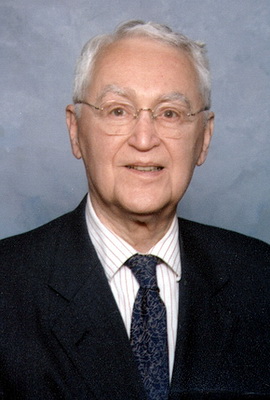
Lachs - A rabbinic commentary on the New Testament
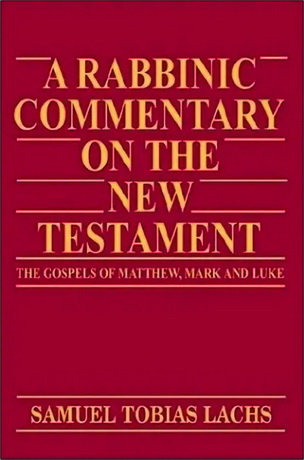
Any new commentary to the New Testament requires a justification and explanation. Many of the recent commentaries have added little to our knowledge of the text. They have, for the most part, relied upon their predecessors, repeating their findings and with them their errors. Among serious and creative scholars of the past twenty-five years we find that most have concentrated their efforts on the Qumran discoveries in explaining early Christian literature. Others have been occupied with the development and application of Form and Redaction Criticism. There are, of course, the many theologically oriented writers on the New Testament who seek in the text support for their established religious convictions and as a result lack the objectivity and independence of mind that are essential to sound and disinterested scholarship. But few, if any, have turned to rabbinic literature to write a commentary which would explain the text, and place it in the historical setting in which it was produced.
The German scholar Hermann Reimarus (1694-1768) was one of the first to set forth the idea that to understand the life of Jesus and the Gospel narrative one had to examine Jewish post-biblical literature, which to him was more important in this regard than the Hebrew Bible, which serves only as background to Jesus' times and culture. In the two centuries following Reimarus, many articles and monographs appeared which utilized rabbinic sources in New Testament studies, but almost no one wrote a running commentary to the Synoptics from this point of view. The notable exception was the publication of Strack-Billcrbeck's monumental work, "Kommentar zum Neuen Testament aus Talmud und Midrasch" (see below). Many of these studies have been flawed because their authors did not have sufficient grasp of the languages and/or of the rabbinic sources in context to appreciate their meaning. More often than not, these researchers relied upon dictionaries and lexicons and on anthologies of rabbinic materials in translation, which in the hands of the uninitiated can and have produced errors of the most egregious variety. Others, aware of the Semitic background of the Synoptic material, sought parallels and sources only in the Hebrew Bible and in the intertestamental literature and treated them as a monolith rather than appreciating their anthological character, each with its own individuality and dating. These writers preferred to cite biblical passages, no matter how old and remote from the first Christian century, than to turn to contemporary sources or those which are of a slightly later period. They do this either because of their unfamiliarity with rabbinic literature or from purposeful avoidance. Others have restricted their use of rabbinic sources to the contemporary literature, labeling all other material as "late" and not worthy of consideration. This they explain and support in the name of scholarship and sound methodology. Sandmel's popularization of the term "parallelomania" was a warning to scholars to be circumspect in using rabbinic literature with abandon regardless of date and regardless of the precise content of the passage in their study of the New Testament. The import of this warning was with great merit because of widespread abuse in this area, but it must not be followed so restrictively as to exclude all material of a late date. There has always been an unbroken transmission of rabbinic traditions. Amoraic passages citing the names of tannaitic authorities should be respected and accepted as valid unless there is a cogent textual reason to suspect the correctness of the passage. Late compilations of midrashim have preserved early traditions, some of which reflect the thinking of early rabbinic times in Palestine. Even late material can often be instructive as an explicit parallel to an early and sometimes difficult and confusing source.
Samuel Tobias Lachs - A rabbinic commentary on the New Testament. The Gospels of Matthew, Mark amd Luke
KTAV Publishing House , Inc., Hoboken, NJ
Anti-Defamation League of B'nai B'rith, New York
1987 - 468 pp.
ISBN 0-88125-089-9
Samuel Tobias Lachs - A rabbinic commentary on the New Testament. The Gospels of Matthew, Mark amd Luke - Contents
- Abbreviations
- Preface
- THE INFANCY NARRATIVES
- THE GALILEAN SECTION (Matt. 3-18, Mark 1-9, Luke 3. 1-9, 50)
- THE SERMON ON THE MOUNT (Matt. 5-7)
- THE SERMON ON THE PLAIN (Luke 6.20-49)
- LUKE'S SPECIAL SECTION (Luke 9.51-18.14)
- THE JUDEAN SECTION (Matt. 19-27, Mark 10-15, Luke 18.15-23.56)
- THE SYNOPTIC APOCALYPSE (Matt. 24.14-36, Mark 13.5-37, Luke 21.8-36)
- THE PASSION NARRATIVE (Matt. 26-27, Mark 14-15, Luke 22-23)
- THE LAST SUPPER (Matt. 26.20-29, Mark 14.17-25, Luke 22.14-38)
- APPEARANCES OF THE RISEN CHRIST
Bibliography
Index
Samuel Tobias Lachs - A rabbinic commentary on the New Testament. The Gospels of Matthew, Mark amd Luke - The Sermon on the Mount (Matt. 5-7)
18. Introduction
Matt. 5.1-2
1 Seeing the crowds, he went up on the mountain, and when he sat down his disciples came to him. 2 And he opened his mouth and taught them saying:
Luke 6.12, 20
12 In these days he went out into the hills to pray; and all night he continued in prayer to God. 20 And he lifted up his eyes on his disciples and said:
COMMENTARY
1 Seeing the crowds, etc. This verse is a literary link with the foregoing 4.25, "and great crowds followed him, etc." for the Sermon was apparently intended only for the disciples.
he went up on the mountain Matt.'s setting for the Sermon on a mountain is intended to parallel the Giving of the Law at Mount Sinai (Exod. 19.1 ff.).
and when he sat down Ordinarily in the first Christian century teaching took place indoors in the bet ha-midrash, the academy, or in the synagogue (cf. Luke 4.44), but there were frequent exceptions to this general rule (cf. Luke 5.3). In rabbinic literature the following arc of note: "It was related of R. Johanan ben Zakkai that he was sitting in the shadow of the Temple and teaching all day." He lectured outside since he was addressing the masses on the laws of the festival and the crowds were very large. "Again, on one occasion, Rabbi [Judah the Prince] issued an order that they should not teach disciples in the public marketplace... R. Hiyya went out and taught."
Davies is correct, that "Matthew has transformed what we may loosely call a 'sermonic scene' to a didactic one, in which Jesus suggests a rabbi giving his Torah to his talmidim" He is in error, however, when he states that "these references to sitting are not accidental but probably a memory of the way in which Jesus actually taught." From the middle of the first century the traditional position of the teacher, while discoursing, was sitting, and the expression "he sat and discoursed" is commonplace. Early in that century this was not the case. "Our Rabbis taught: From the days of Moses up to Rabban Gamaliel, the Torah was learned only standing. When Rabban Gamaliel died, feebleness [lit. sickness] descended upon the world, and they learned the Torah sitting." In using the phrase "and when he sat down, etc.," Matt, was describing a toe-first-century practice of teaching from a sitting position.
2 And he opened his mouth This is a Semitic idiom meaning "to speak" and does not describe the physical act of opening the mouth; cf. Ps. 38.14, But I am like a deaf man, I do not hear; I am like a dumb man who does not open his mouth.
Luke 6. 20-2 3
20 "Blessed are you poor, for yours is the kingdom of God. 21 "Blessed are you that hunger now, for you shall be satisfied. 22 "Blessed are that weep now, for you shall laugh. 22 "Blessed are you when men hate you and when they exclude you and revile you and cast out your name as evil, on account of the Son of man! 23 Rejoice in that day, and leap for joy, for behold, your reward is great in heaven; for so their fathers did to the prophets.
The Woes
Luke 6.24-26
24 "But woe to you that are rich, for you have received your consolation. 25 Woe to you that are full now, for you shall hunger. Woe to you that laugh now, tor you shall mourn and weep. 26 Woe to you, when all men speak well of you, for so their fathers did to the false prophets."
COMMENTARY
"The beatitudes serve as an introduction to the Sermon. They serve to set up the requirements for true Christian living. These do not purport to be the ideals of Jewish living. On the contrary. In addition to the explicit or nearly explicit references to the encounter with Judaism, throughout the Gospel, Christians emerge as a very markedly set over against the Jewish community. Within the Sermon itself, the Beatitudes suggest this."
Although the Beatitudes represent an epitome of the message of the Sermon, it is without foundation to assert that "The Sermon in Matt. V-V1I is modelled on Exod. XX-XXIV, where the Decalogue of chapter XX finds an exposition in the Covenant Laws given in the rest of the section, Exod. XX-XXIII. The Beatitudes occupy a place in the Sermon corresponding to that of the Decalogue in Exod. XX-XXIV, the rest of the Sermon being an orderly exposition or application of the Beatitudes." This is entirely homiletic. First, there are not ten beatitudes (the number of the original beatitudes is in doubt, but ten is certainly out of the question). Second, the Torah does not begin with Exod. 20. Even were one to argue that the legal material follows chap. 20, there is legal material starting with Exod. 12.2. Furthermore, Exod. 20.18-26 intrudes and negates the argument.
The Beatitudes in their Matthean setting appear to be a recast of a former version intended to express Matthew's own theological position and to reflect the attitudes of his community. The Lucan Beatitudes, 6.20-23, seem closer to an original than the Matthean version. First, speaking to his disciples, Jesus addresses them directly, using the second-person plural; Matt, uses the third-person except in v. 11. Second, Matthew joins the crowds with the disciples in his version. Third, the setting on the mountain is artificial and clearly the invention of the author. Fourth, the Lucan material speaks of the current vital matters affecting the daily lives of the audience, note the use of "now" (6.21, 6.25), albeit with eschatological implications and promises, while the Beatitudes in Matthew are more studied, theologically worked out, but with stronger eschatological overtones.
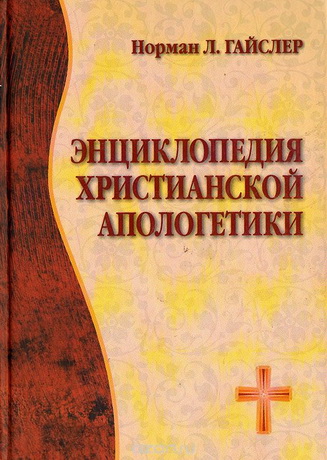
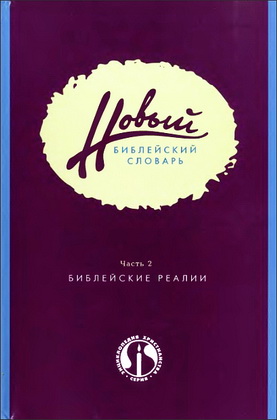
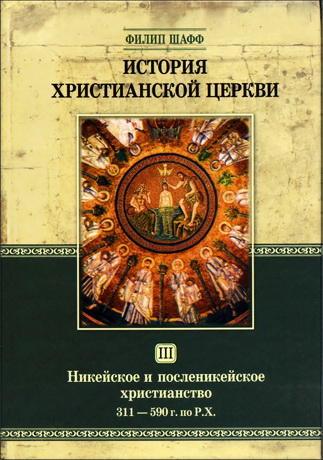
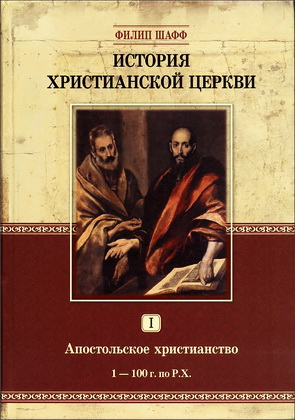
Комментарии (1 комментарий)
Очень нужная книга для библеистов, специализирующихся по синоптическим Евангелиям! Современный, более скромный, эквивалент классического труда Биллербека (Strack H. L., Billerbeck P. Kommentar zum neuen Testament aus Talmud und Midrasch. 4 Bd. München, 1924–1926). Такую книгу вообще нужно иметь в личной библиотеке даже проповедникам...